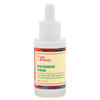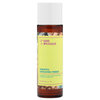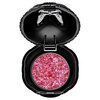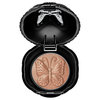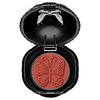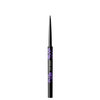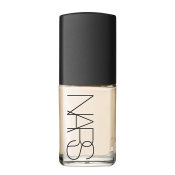
A rose by any other name would smell as sweet, and the same goes for liquid foundations. BB and CC creams, "HD" liquid foundations, foundations with matte or illuminating finishes—they all help create smooth, even-looking skin. But sometimes choosing the right complexion product can feel daunting. Have no fear! “Even with all of the options, it’s easy to find a liquid foundation for your skin type, as long as you know what ingredients to look for,” says Jenny Frankel, a beauty engineering consultant, former cosmetics formulator, and president at Frankly Beauty, Inc.
One thing to keep in mind is that most foundations are made up of the same basic ingredients. What changes are the additives. Compounds like peptides, vitamins, sunscreen, and botanical extracts can alter the skin benefits, finish, and durability of the products. The pigment concentration varies, too. For example, tinted moisturizers and BB creams may contain as little as 2% pigmentation for a sheer finish, while moderate- to full-coverage foundations might have 15% or more.
To help you make the most educated choice, we asked Frankel to help us break down the science behind foundations.

Key Science: Water-in-Silicone Emulsions
Most often, liquid foundations glide on smoothly and disperse pigments evenly across skin thanks to water-in-silicone emulsions. The term refers to silicone derivatives that are mixed (but not dissolved) in water. Silicone derivatives are silky, soft, and slick, which helps create smooth, streak-free coverage that looks and feels like a second skin. These compounds are also used to create longer-wearing and waterproof formulas that don’t feel greasy. Pigments—minerals such as titanium dioxides or iron oxides—are typically coated with silicone derivatives, too, so they disperse evenly in the water and silicone base.
Check out the list of ingredients on the back of your liquid foundation. The first ingredient is almost always water, followed by one or more of the following silicone derivatives: cyclopentasiloxane, phenyl trimethicone, or dimethicone.
Note: While the majority of liquid foundations are made up of water-in-silicone emulsions, it’s not always the case. A few traditional formulations may also be oil-in-water emulsions, which is similar to how moisturizers are made.
Other Ingredients: The Breakdown
Emulsifiers
examples: dimethicone crosspolymer, polysilicone-11
what they do: Silicone and water don’t mix well, so emulsifiers help keep the components from separating; they also help foundations feel soft and smooth on the skin and provide even pigment coverage.
Pigments
examples: titanium dioxides, iron oxides
what they do: These are minerals that add color to the liquid foundation; pigmentation can range from 2% to more than 15%, depending on how much coverage you want.
Volatile Ingredients
examples: cyclomethicone, isohexadecane, and isododecane
what they do: These stay fluid just long enough for you to build and blend your foundation and then vaporize (change from a solid or liquid to a vapor)—setting the foundation and creating a longer-wearing, non-greasy finish.
Mineral Clays
examples: quaternium-90 bentonite, silica, kaolin, Amazonian clay
what they do: Absorb oil to create a finish that feels drier to the touch; matte and oil-absorbing foundations have them in higher concentrations.
Emollients and Humectants
examples: glycerin, squalane, capric or caprylic triglyceride
what they do: Keep skin hydrated by absorbing water molecules from the air (humectants) or locking in skin’s natural moisture (emollients).
Illuminating Powders
examples: mica, bismuth oxychloride
what they do: Reflect light to add radiance and soften imperfections in HD formulas; they help to create a flawless appearance for HD cameras.
Preservatives
examples: phenoxyethanol, parabens, food-grade potassium sorbate
what they do: Protect the foundation from microbial contamination.
Note, more natural formulations in air-tight containers may offer preservative-free formulations.
The Last Word
"Buy foundation in a tube or pump, rather than a bottle with an open mouth, to help avoid microbial contamination," suggests Frankel.
Liquid Foundation Picks
BB cream: Too Faced Tinted Beauty Balm
Full coverage: Cover FX Natural FX
Illuminating: NARS Sheer Glow Foundation
Interested in reading about the anatomy of primers? Click here!
Featured Products
You Might Also Like
-

DIY Skin Care
DIY Winter Citrus Beauty Recipes
- 1466
-
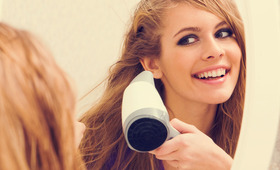
Hair
What You Need to Know About Blow-Dryers
- 185
-
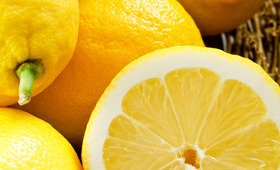
DIY
DIY Lemon Beauty Recipes
- 1113
-
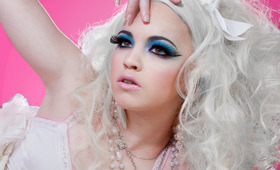
Eyes
Sugarpill's Girls Night Out Giveaway
- 165
-
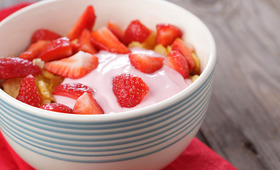
Wellness
Why We Love Yogurt
- 648
-

How-to
Find Your Face Shape
- 1711
-

Beautylish Recommends
Sweat-Proof Matte Makeup To Withstand the Summer Heat
- 1409
-
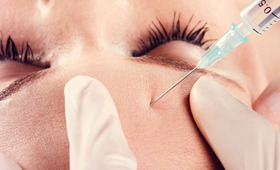
Interviews
Are You Immune to Botox?
- 22



